Ladybird Books
Ladybird Books are a fond childhood memory for many people who grew up during their heyday from the 1940s to the 1980s. Their distinctive artwork and snapshots of everyday life have made them a visual library of mid to late 20th century life in Britain. This iconic brand was created in the market town of Loughborough, where the books continued to be made until 1999.
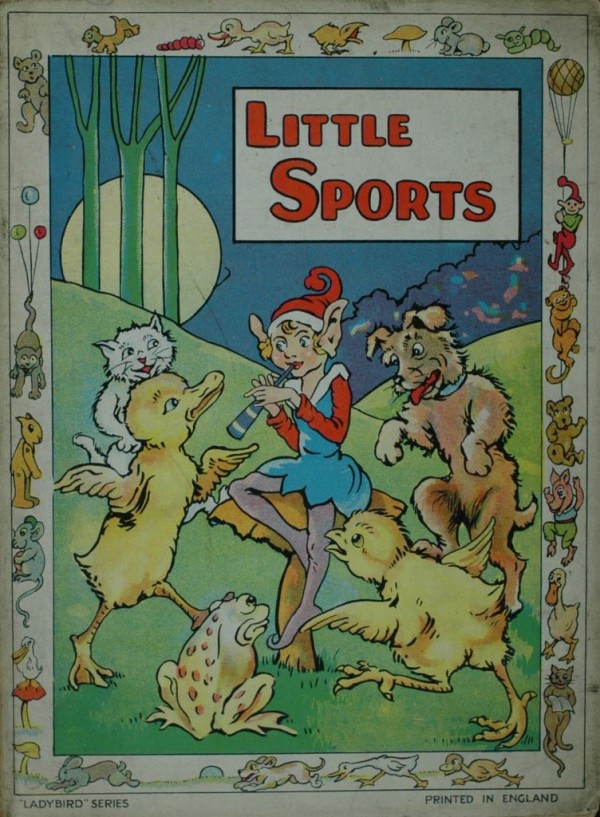
The Ladybird story begins in 1873 when Henry Wills bought a printing works, called the Angel Press, in the heart of Loughborough. The company printed business cards and trade directories and made account books and ledgers.
In 1904, William Hepworth joined the firm and although Wills retired in 1905 the company continued trading as Wills and Hepworth, becoming Wills and Hepworth Ltd in 1924.
Their first children's books were produced around 1914.
Image © Ladybird Books Ltd

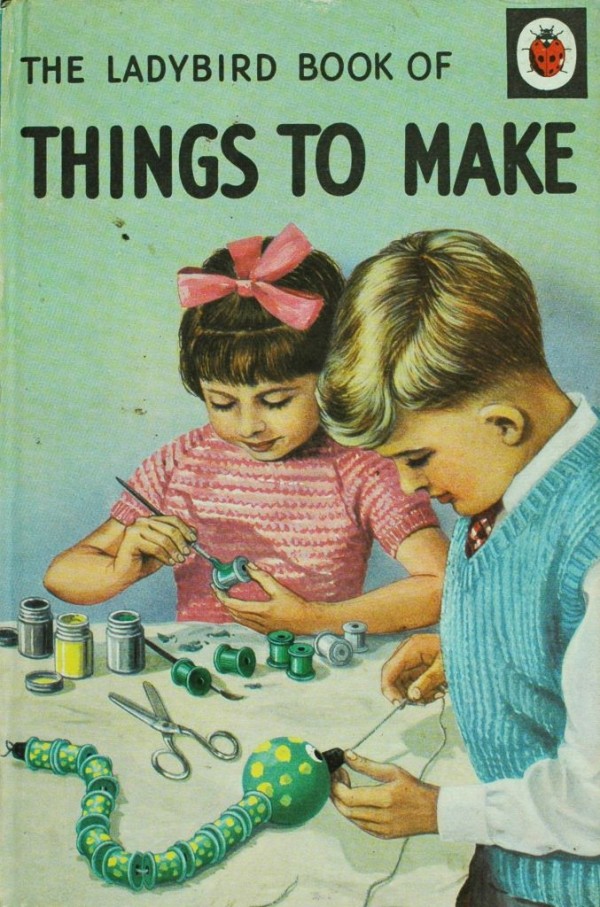
The ‘classic’ Ladybird format was born in 1940.
The outbreak of World War Two and the resulting paper shortages led to a drop in normal printing business. So in 1940, the company introduced a new style of children’s book. The first Ladybird logo was also designed.
The first series set the standard for the books to come with text on one page and bright illustrations on the other.
The company went from strength to strength and in 1961 decided to concentrate on producing the popular children’s books. Production moved to a new, larger, factory in Beeches Road, Loughborough which opened in 1972. In 1971 Wills & Hepworth started trading as Ladybird Books. Although the Loughborough factory closed in 1999, Ladybird books continue to be published by Penguin Random House.
Image © Ladybird Books Ltd

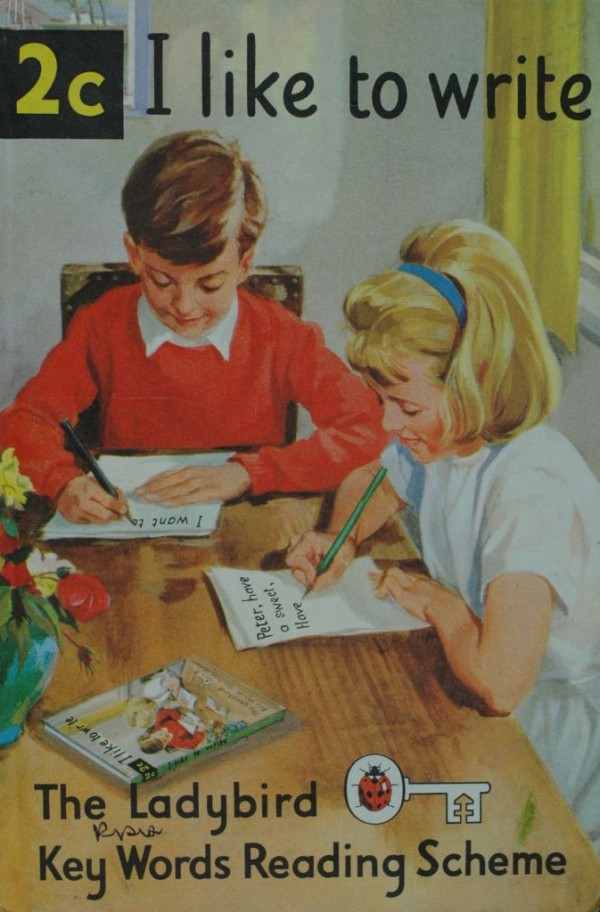
The Ladybird books of the 1960s showed the world a very particular view of Britain. That life was comfortable, middle class and suburban. The Key Words Reading Scheme books in particular showed this lifestyle. The books were launched in 1964 and introduced a whole generation of children to Peter and Jane and their family, Mother, Father and their dog, Pat.
The scheme was based on a new system developed by William Murray, a head teacher at a school in Surrey. Children were taught to read using a series of ‘key words’ which were introduced and then repeated throughout the books. There were 12 levels to help develop readers’ confidence. The series became so popular that in 1973 the Bookseller Magazine described the Key Words Reading Scheme as Ladybird Books' ‘most valuable asset’.
Image © Ladybird Books Ltd

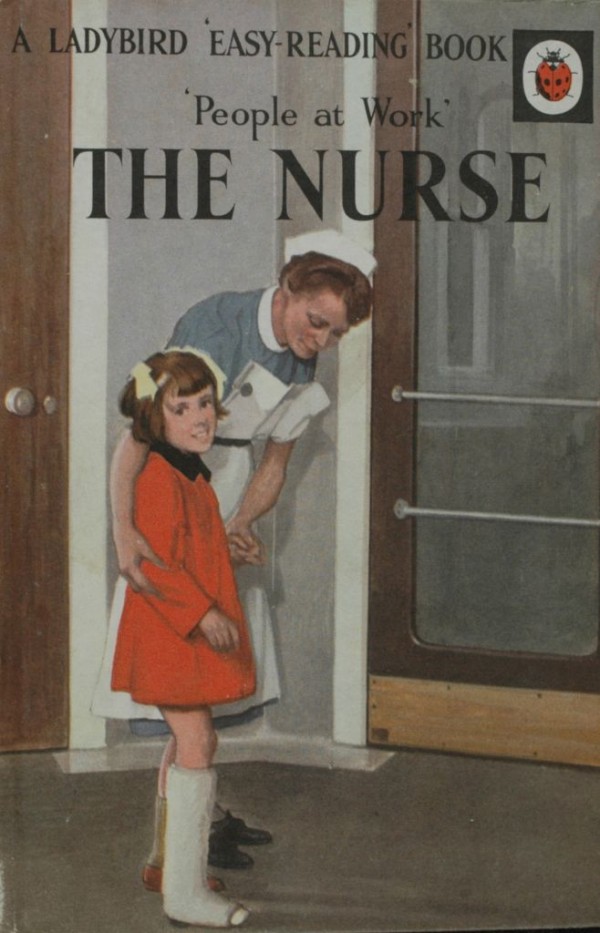
From the 1950s, under the guidance of editorial director Douglas Keen, Ladybird started to develop series of books including ‘Nature’, ‘Adventures from History’, ‘Travel’, ‘People at Work’, ‘How it Works’ and ‘Well-Loved Tales’, all in the same familiar portrait hardback format. The books’ pocket money price meant that little librarians could build up their own collections.
Series like ‘People at Work’, introduced in 1962 and ‘How it Works’, introduced in 1965, provide beautifully illustrated snapshots of their time.
Image © Ladybird Books Ltd

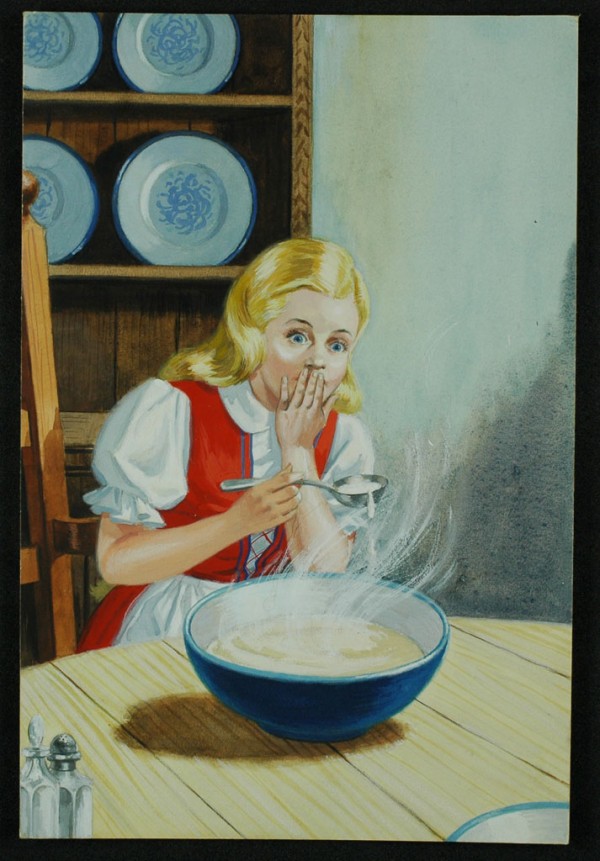
Ladybird Books launched their Well-Loved Tales series in 1964, retelling fairy tales in the Ladybird house style, the stories by Vera Southgate and illustrations by Eric Winter. Leicestershire's collections include the original illustrations by Eric Winter from 'Goldilocks and the Three Bears' first published in 1971.
Image © Ladybird Books Ltd

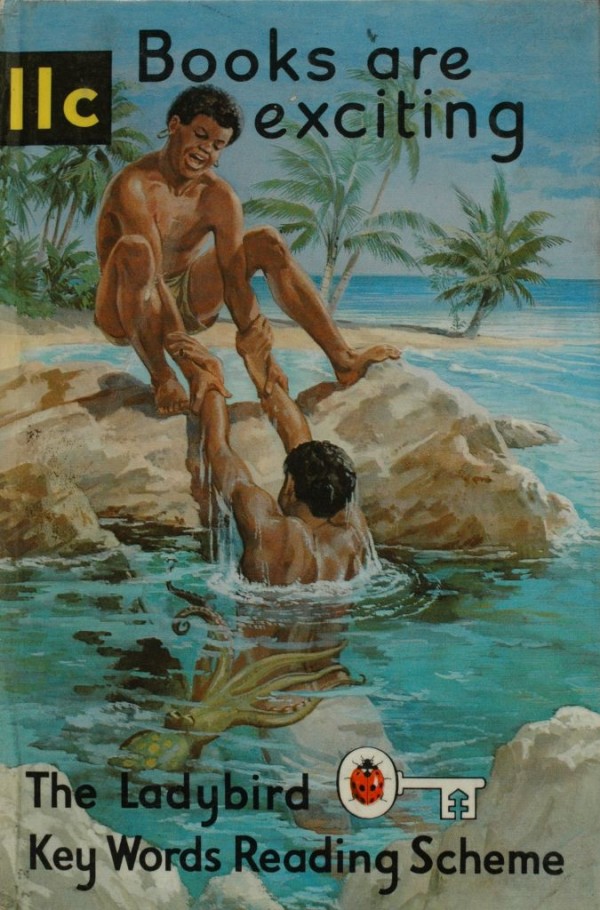
The Sunstart series was developed in the 1970s to adapt the Keywords Reading Scheme for the Caribbean market. Peter and Jane became Ken and Joy. Illustrator Martin Aitchison visited several countries to undertake photographic research for his work on this series.
Ladybird books were translated into many different languages for sale around the world, but the Sunstart series was the only one produced for a specific market.
Image © Ladybird Books Ltd

The first Ladybird books were produced in 1914 by local printing business Wills and Hepworth. But it was the brightly illustrated pocket-sized books, introduced in the 1940s, which took the world by storm.
Their distinctive format, pocket money price and emphasis on learning and high quality illustrations made them firm favourites with children and adults alike.
Children all over the world have used Ladybird books to learn to read, discover stories and find out about many subjects.
Ladybird books and their illustrations have become design classics.
Our collections include lots of Ladybird books, as well as items relating to the Loughborough factory and the people who worked there.
We are part of the Ladybird Heritage Network.
All images © Ladybird Books Ltd
